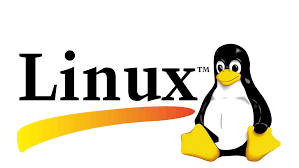Shop detail

Self-Hosted WordPress for Linux Beginners
Learn Linux, Cloud, and DevOps basics in a practical, project-based course designed to get you *using* new skills as soon as you learn them.
Description
About Linux
Linux is an open source operating system (OS). An operating system is the software that directly manages a system’s hardware and resources, like CPU, memory, and storage. The OS sits between applications and hardware and makes the connections between all of your software and the physical resources that do the work.

How does Linux work?
Think about an OS like a car engine. An engine can run on its own, but it becomes a functional car when it’s connected with a transmission, axles, and wheels. Without the engine running properly, the rest of the car won’t work.
Linux was designed to be similar to UNIX, but has evolved to run on a wide variety of hardware from phones to supercomputers. Every Linux-based OS involves the Linux kernel—which manages hardware resources—and a set of software packages that make up the rest of the operating system.
The OS includes some common core components, like the GNU tools, among others. These tools give the user a way to manage the resources provided by the kernel, install additional software, configure performance and security settings, and more. All of these tools bundled together make up the functional operating system. Because Linux is an open source OS, combinations of software can vary between Linux distributions.
About the course
Learn Linux, Cloud, and DevOps basics in a practical, project-based course designed to get you *using* new skills as soon as you learn them.
By the time you finish, you’ll be extremely comfortable on the Linux command-line, and you’ll have a self-hosted production-grade WordPress hosting platform (on AWS, another cloud host, or a local virtual machine) that you can use to host any number of WordPress sites.
Other courses focus on slow memorization of theory and commands, which doesn’t produce real-life skills. This course throws you into real-life Linux tasks from the very beginning. Even if you’ve never worked with Linux before, give me a few hours and you’ll be installing and configuring software from the command line, managing system services, working with a remote server, hardening security, scheduling backups and testing your disaster recovery plan, performing basic scripting and automation, and setting up monitoring for your infrastructure.
Course for you, if:
- People who learn best in a practical, project-based way
- Aspiring Linux, Cloud Infrastructure, or DevOps Engineers
- Software Developers who are curious about what happens “behind the scenes” in the infrastructure world